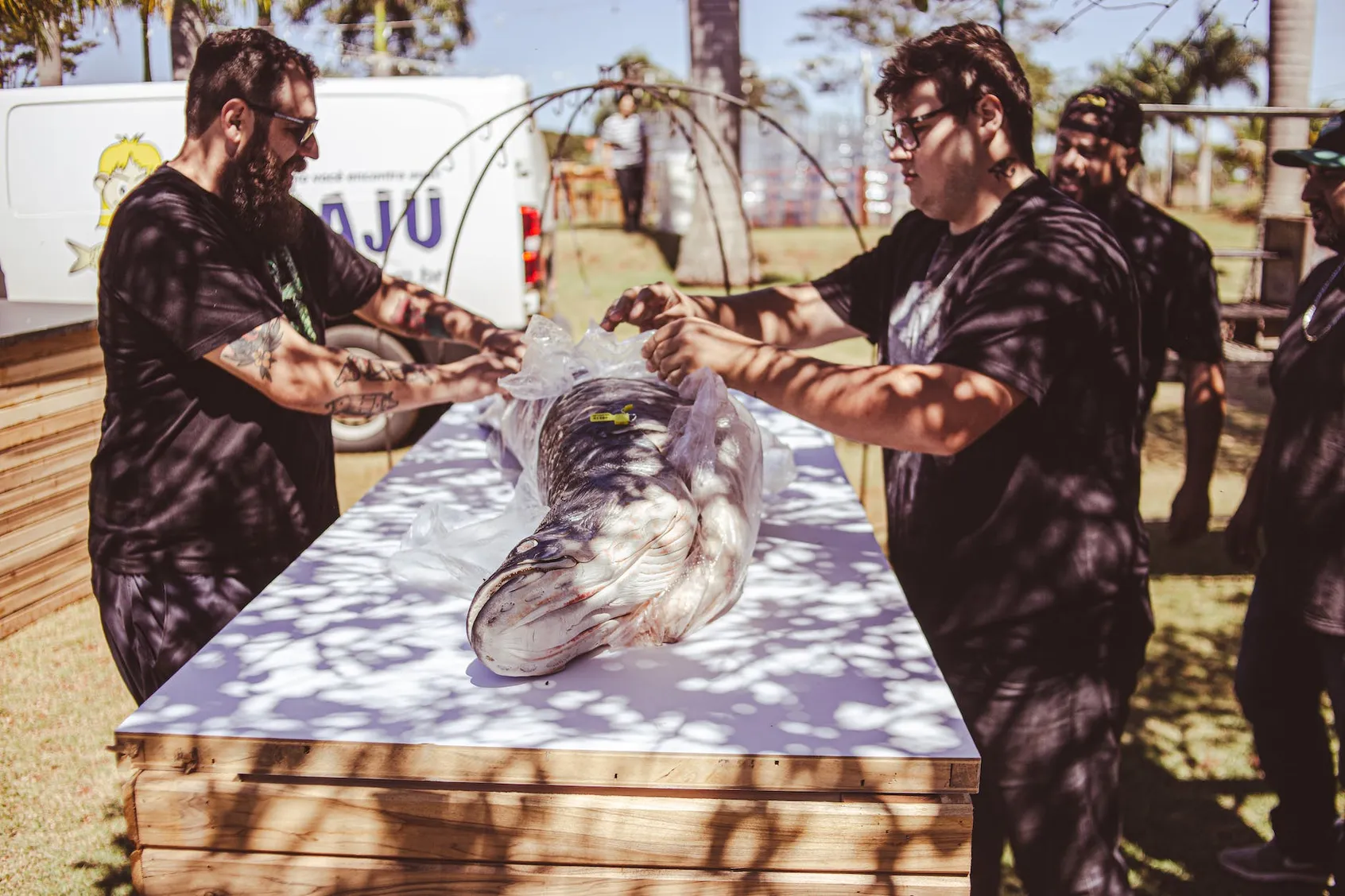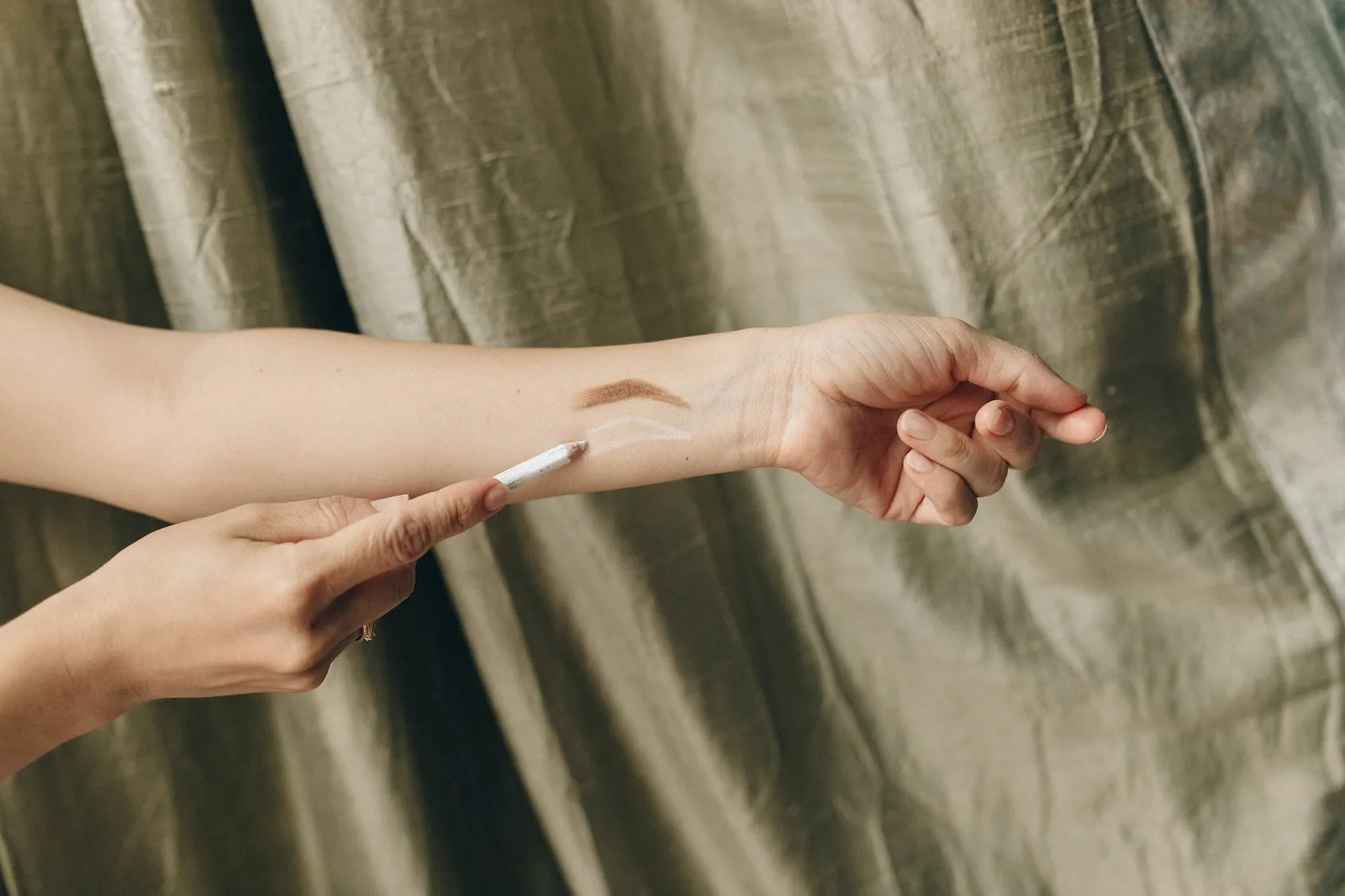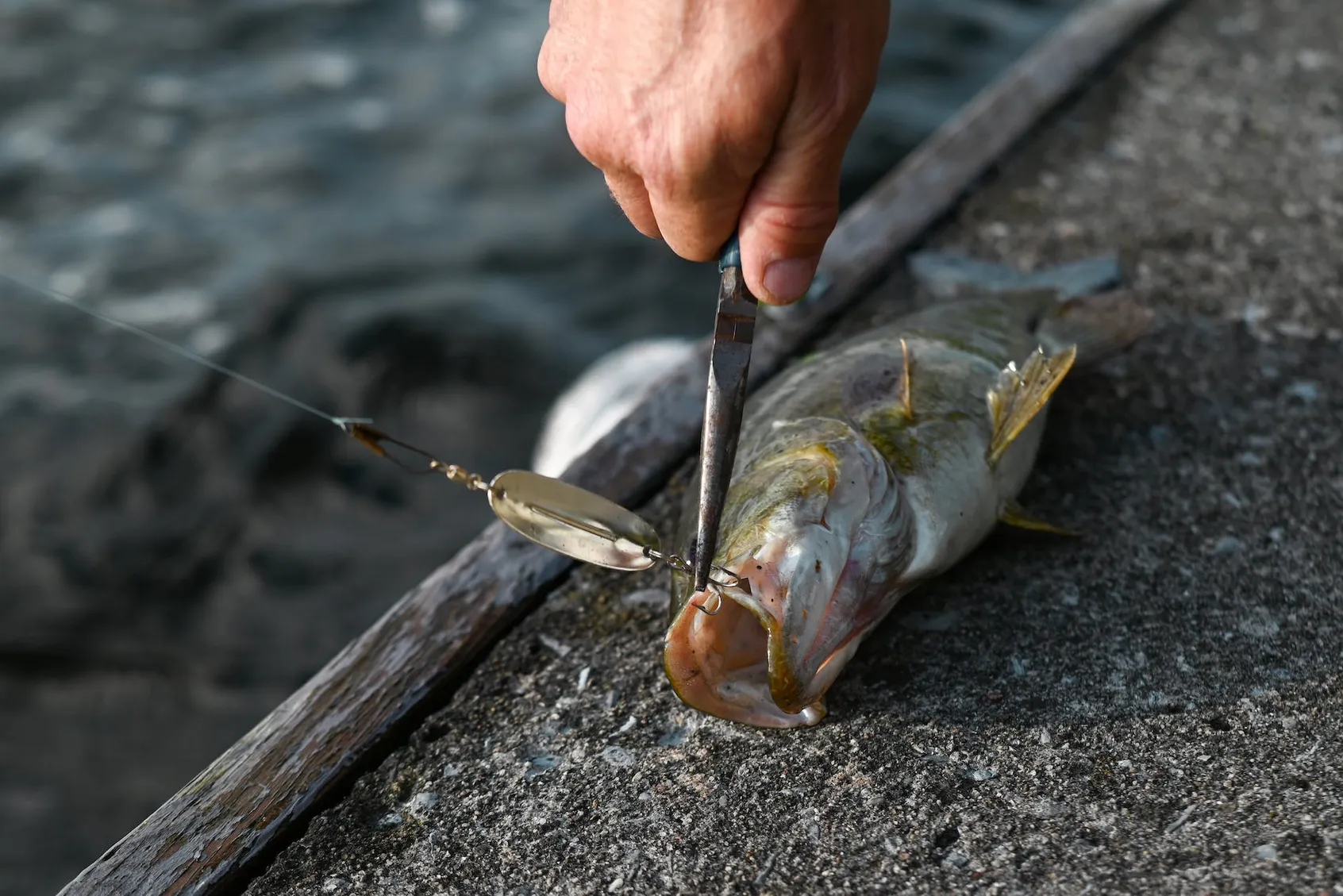Have you ever struggled to remove the mixer from your KitchenAid stand mixer after use? It can be frustrating, especially if you’re hurrying to clean up and move on to other things in the kitchen. If you want to know how to remove the mixer from the KitchenAid stand mixer without damaging it, you’ve come to the right place.
In this article, we’ll cover the steps you need to take and some helpful tips to make the process as smooth and easy as possible. Say goodbye to frustration and hello to effortless mixer removal – let’s get started!
How To Remove Mixer From KitchenAid?
Removing a mixer from your KitchenAid can be daunting, but it doesn’t have to be. With a few easy steps, you can remove your mixer quickly.
Before removing your mixer, it’s important to ensure the power is off. Unplug your mixer from the power source to avoid any electrical shocks or damage.
The next step is to tilt your mixer head back so it’s in the unlocked position. This means that the mixer head is not locked into place and can move freely.
Once your mixer is tilted, locate the attachment knob on the right-hand side of the mixer. This knob is used to secure the attachments to the mixer. It’s important to remove this before attempting to remove your mixer.
To remove the attachment knob, turn it counterclockwise until it’s completely loosened. Once the knob is loose, you can remove it easily. If you encounter any resistance, ensure the mixer head is still tilted back and unlocked.
With the attachment knob successfully removed, you’re ready to remove your mixer. Simply lift it up and away from the mixer stand. The mixer should come off easily, but if it’s stuck, try wiggling it gently back and forth until it comes free.
With the mixer removed, you can now clean the stand of dirt or debris. This will help ensure your new mixer fits securely and operates as it should.
Following these six steps, you can successfully remove your KitchenAid mixer. Always tilt the head back and ensure the power is off before removing your mixer. With a little practice, removing your KitchenAid mixer will become second nature, allowing you to upgrade your kitchen appliances easily.

Unplugging Your KitchenAid Mixer
Unplugging your KitchenAid mixer is one of the most important steps when removing it from your kitchen. Before attempting to move your KitchenAid mixer, unplug it so you don’t risk electric shock or other damage to yourself, your family, or the appliance.
To unplug the mixer, locate the plug and firmly grasp it with one hand and the plug’s base with the other. Pull the plug out of the socket and away from the mixer. After unplugging, make sure the mixer is in a safe and secure position.
Place a kitchen towel or a blanket underneath the mixer to protect your countertop from scratches. You can use an extension cord if the cord is too short to reach an outlet. Once the mixer is unplugged, you can move it to its new location.
It’s important to take extra caution when unplugging your KitchenAid mixer. Ensure you are standing on a dry surface and that the area is clear of water or other liquids. Before touching the plug, ensure your hands are dry, so you don’t accidentally shock yourself or someone else. If you are working in a damp environment, use a dry cloth to wipe down the plug and the connector before unplugging.
When unplugging and moving your KitchenAid mixer, always be aware of your safety. Make sure that the mixer is away from any potential hazards and that the cord is safely tucked away. The cord should never be wrapped around the mixer or left in a position where it can be tripped over. If you are using an extension cord, make sure the cord is rated for the wattage of the mixer and that the cord is properly grounded.
Removing Bowls And Attachments
The step is to remove any bowls or attachments attached to the mixer. If you have any additional attachments, you must also detach them. Make sure you have all the necessary tools to do so, such as a screwdriver and wrench. Once all the attachments are removed, you can carefully lift the mixer from its base.
It’s important to be aware of the weight of the mixer, as it can be quite heavy. You may want to enlist help, as the mixer may be too heavy for one person to lift. Carefully lift the mixer from the base and place it on a flat surface. Be sure to keep the mixer level so it does not tip over. Once the mixer is removed from the base, you may want to take it apart and store the pieces separately.
Now that the mixer is removed from the base, you can disconnect the power cord. Ensure the mixer is unplugged before you start, and be careful not to pull on the cord. After disconnecting the cord, you can remove the bowl and other attachments from the mixer. Make sure you have all the necessary tools to do so, such as a screwdriver and wrench.
Releasing The Clamp
The clamp is typically located at the back of the mixer, and you must use a flathead screwdriver to loosen it. Once the clamp is loosened, you can slide the mixer off its stand. Depending on the type of mixer you have, you may need to use a pair of pliers to loosen the clamp.
Once the clamp is released, the next step is to disconnect the power cord from the mixer. This can usually be done using a flathead screwdriver to loosen the screws that hold the cord in place.
After the cord is disconnected, you can then gently lift the mixer off of its stand. If the mixer does not easily come off the stand, you may need a flathead screwdriver to loosen the two screws at the mixer’s base.
Once the mixer is removed from the stand, you should take the time to clean it. This is important, as you don’t want to introduce any food particles or grease into the mixer. Use a damp cloth to wipe down the mixer, especially the areas around the beaters and knobs. Make sure all of the parts are completely dry before putting them away.
Unscrewing The Base Of The Mixer
To do this, you will need a screwdriver and some patience. Once the screws have been removed, the base of the mixer should come off fairly easily. Be sure to set aside all of the screws you removed so that you can use them to reattach the mixer when you are ready to put it back in your kitchen.
Once the mixer’s base has been removed, you can carefully lift the mixer off the countertop. Keep a firm grip on the mixer’s body and lift it straight up so you don’t strain any wires or connections. You may need help from a friend or family member to lift the mixer off the counter.

Lifting The Mixer From The Stand
The step is to unplug the mixer from the power source and remove the bowl and all attachments from the top of the stand. Once these items are removed, you can lift the mixer off the stand. This can be done by grabbing the mixer’s handle with both hands or using a lifting tool to help lift the mixer off the stand.
When lifting the mixer, be sure to support the full weight of the mixer and to take it slow. Lifting the mixer too quickly or not supporting the full weight can prevent the mixer from toppling over or becoming damaged. Once the mixer is off the stand, you can move it to its new location.
If the mixer is too heavy to lift by yourself, you may need assistance from a friend or family member. Using caution when moving the mixer is important as it can be heavy and cumbersome. If the mixer is too large to fit through the doorway, you may need to disassemble the stand and move it in pieces.
Cleaning Up After Removal
Start by unplugging the mixer from the power outlet. Then, remove any attachments and accessories that are connected to the machine. Store these parts safely and keep track of them, as they may be needed for future use.
Next, remove the mixer, bowl, beaters, and other removable parts. If you have the original box, you can use it to store these parts. Otherwise, use a plastic bag or other container to store the parts. Be sure to label each part so they are clear.
Once the mixer is disassembled, use a damp cloth to wipe away any residue or food particles that may have spilled onto the mixer or surrounding countertops. If there are any stubborn spots, try using a mild cleaner to remove them.
Finally, carefully wrap the mixer in bubble wrap or other wrapping material and tape it securely. If you have the original box, you can use this to store the mixer for safe transport. If you need more time, you can use a cardboard box that is large enough to fit the mixer and its parts. Be sure to label the box clearly so you know what’s inside.
Disposing Of The KitchenAid Mixer
A few options are available if you need to dispose of a KitchenAid mixer.
Firstly, consider if the mixer is still functional and in good condition. If so, you can sell it on an online marketplace or donate it to a local charity or community center.
If the mixer is not working or is beyond repair, you can recycle it. Many areas have recycling centers that accept small appliances like mixers. Check with your local waste management facility or quickly search for a nearby recycling center.
Another option would be to contact the manufacturer directly. Some brands may offer recycling or disposal programs for their products.
Regardless of your chosen method, dispose of the mixer responsibly and appropriately to minimize its environmental impact.
Finding A New Place For Your Mixer
Finding a new place for your KitchenAid mixer can be tricky if you need to learn how to go about it. The first thing you should do is decide whether to keep the mixer or eliminate it. If you decide to eliminate it, consider donating the mixer to a local charity or thrift store that accepts kitchen appliances. This is a great way to help those less fortunate while freeing up kitchen space.
If you decide to keep the mixer, consider relocating it to a different area of your kitchen or another room. If you have a large pantry or basement, these are great places to store your mixer.
However, you may need to get creative if you don’t have these options. Consider placing the mixer on a high shelf or in a cupboard so it’s out of the way. You can also purchase or build a specialized storage shelf to house your mixer.
You’ll want to ensure your mixer is secure regardless of your choice. If you plan to store the mixer on a shelf, ensure it is mounted securely and will not tip over when you open the door. If you store it in a cupboard, ensure it is firmly in place. Also, consider using straps to secure the mixer and keep it from moving around.
Finally, make sure that you clean your mixer before storing it. This will help ensure that your mixer is ready for use when you need it. Wipe down the body and attachments with a damp cloth and dry them thoroughly before storing them.

Installing A New KitchenAid Mixer
Installing a KitchenAid mixer is a great way to upgrade your kitchen and add a touch of modern convenience to your cooking experience. Removing an old KitchenAid mixer and replacing it with a new one is easy with a few simple steps.
The first step is to unplug the mixer from the outlet. It’s important to ensure the mixer is completely turned off and unplugged before attempting to remove it.
Next, you must remove the mixer bowl and any accessories attached to the mixer. To do this, grasp the bowl and turn it counterclockwise to loosen it from the mixer.
Once the bowl is loose, you can lift it off the mixer. After that, remove the flat beater and the wire whip from the mixer. To do this, grasp the beater and the whip and pull them straight up to remove them from the mixer.
Lastly, remove the mixer from its stand. To do this, loosen the screw from the back of the mixer with a Phillips head screwdriver. Once the screw is loose, you can lift the mixer off the stand.
Maintaining Your KitchenAid Mixer
Maintaining your KitchenAid Mixer is important to ensure it lasts for years to come and continues to work smoothly. Here are a few tips to keep in mind:
- Clean the mixer after each use. Wipe down the exterior with a damp cloth and use a toothbrush or small brush to clean the crevices.
- Replace the mixer’s attachments when necessary. Over time, the blades, paddles, and hooks can become worn and may need to be replaced for proper function.
- Always unplug the mixer before changing attachments or cleaning.
- Store the mixer in a dry, cool place to prevent damage and rust.
- Have the mixer serviced by a professional if you notice any unusual sounds or issues with the motor?
Can’t Remove Beater From KitchenAid Mixer
If you’re having trouble removing the beater from your KitchenAid mixer, try these steps:
- Step 1: Turn off and unplug the mixer for safety.
- Step 2: Press the beater release button, usually located on the back of the mixer, and hold it down while gently pulling the beater out.
- Step 3: If the beater is still stuck, use a rubber mallet or the palm of your hand to tap the sides of the beater, as this may release it from the mixing bowl.
- Step 4: If all else fails, try heating the bottom of the mixing bowl with warm water for a few minutes to expand the metal and loosen the beater.
Remember never to use force or objects to remove the beater, which can damage your mixer. If you still need help, refer to the instruction manual or contact KitchenAid customer support for assistance.
How To Remove Bowl From KitchenAid Mixer?
To remove the bowl from a KitchenAid mixer, follow these steps:
- Turn off the mixer and unplug it from the power source.
- Lift the mixer head and tilt it back.
- Locate the round bowl support bracket at the mixer’s base, which holds the mixing bowl in place.
- Look for the release lever at the back of the bowl support bracket.
- Press the release lever to release the bowl from the support bracket.
- Carefully lift the bowl off the support bracket and set it aside.
It’s important to note that you should never attempt to remove the bowl while the mixer is still running, and you should always unplug the mixer from the power source before attempting to remove the bowl.
KitchenAid Mixer Beater Shaft Pin Stuck
Removing a KitchenAid mixer from your kitchen can be difficult, especially if the beater shaft pin is stuck. This pin is necessary for the beater shaft to rotate and mix your ingredients, but if it gets stuck, it can make it almost impossible to remove the mixer. Fortunately, there are several steps you can take to get the mixer out of your kitchen safely and quickly.
- Apply some heat: Use a hair dryer or heat gun to warm up the surrounding area of the beater shaft pin. This can help loosen any adhesive or buildup causing it to be stuck.
- Use a hammer and punch: Gently tap the beater shaft pin with a hammer and punch to try and dislodge it. Make sure to use light taps so you don’t damage the mixer.
- Apply some lubricant: Use a small amount of lubricant, such as cooking oil or WD-40, to help loosen the stuck pin. Let it sit for a few minutes before trying to remove it.
- Call customer support: If all else fails, contact KitchenAid’s customer support for assistance. They can provide additional tips or even send a replacement part if needed.
Paddle Attachment For KitchenAid Mixer
A paddle attachment for a KitchenAid mixer is a great investment for anyone who wants to make the batter, cookie dough, or mashed potatoes without overmixing or using too much elbow grease. These attachments have a flat beater with flexible edges that scrape the bowl while mixing.
Several types of paddle attachments are available, each designed for different purposes.
- The coated flat beater is one common type, perfect for general mixing tasks.
- Another option is the Flex Edge Beater, which has a silicone edge that thoroughly scrapes the bowl and prevents splashing.
Additionally, paddle attachments are designed for specific KitchenAid mixer models, so it’s important to ensure that you choose one compatible with your machine. A paddle attachment is a must-have for anyone who wants to make the most of their KitchenAid mixer.
Conclusion
In conclusion, removing a KitchenAid mixer from a kitchen does not have to be difficult. It can be done quickly and easily with the right tools and instructions. With the help of this guide, you should be able to successfully remove your mixer from your kitchen without any problems.
Frequently Asked Questions:
How do you take the mixer off of a KitchenAid?
To remove the mixer from KitchenAid, you should first unplug the mixer from the power outlet. Then, if necessary, release the bowl lock by pressing down on the bowl handle and rotating the bowl counterclockwise. Next, hold the bowl handle and lift the bowl off the mixer’s base. Lastly, slide the attachment hub cover off to release the attachments and remove them from the mixer.
How do you remove hand mixer attachments?
First, unplug the hand mixer from the power source to remove the hand mixer attachments. Then, use the eject button (if the hand mixer has one) to loosen and remove the attachments. If the hand mixer does not have an eject button, use your hands to loosen and remove the attachments.
Which way do you remove the bowl on a KitchenAid mixer?
To remove the bowl on a KitchenAid mixer, turn off and unplug the machine, tilt the head back, push the release lever at the base of the head, and then lift the bowl away. It is important to consult the manual or contact customer service for specific instructions.
How do you remove the attachment from a KitchenAid slicer?
First, remove the attachment from a KitchenAid slicer, turn off the power, and unplug the machine. Then, grip the attachment and twist it counterclockwise to unlock it. Finally, pull the attachment away from the machine until it is completely removed.
How do I clean my KitchenAid mixer?
To clean your KitchenAid mixer, unplug it and remove any attachments. Then, use a damp cloth to wipe down the outside of the mixer. You can also use mild detergent and warm water to wipe the outside surface. The inside of the bowl and beaters should be washed with warm, soapy water and then rinsed. Finally, dry the mixer with a soft cloth and replace any attachments.
What are the most common maintenance issues with a KitchenAid mixer?
Common maintenance issues with KitchenAid mixers include oil leaks, worn gears, and damaged attachments, which can cause loud noises and create a mess. Regular inspection and cleaning can prevent these problems and extend the mixer’s life.
How long does a KitchenAid mixer typically last?
KitchenAid mixers typically last for many years. A KitchenAid mixer can last over a decade with proper care and maintenance.
Is it necessary to use a stand mixer for baking?
No, it is not necessary to use a stand mixer for baking. Many recipes can be made by hand with a bowl, whisk, spoon, or spatula.
